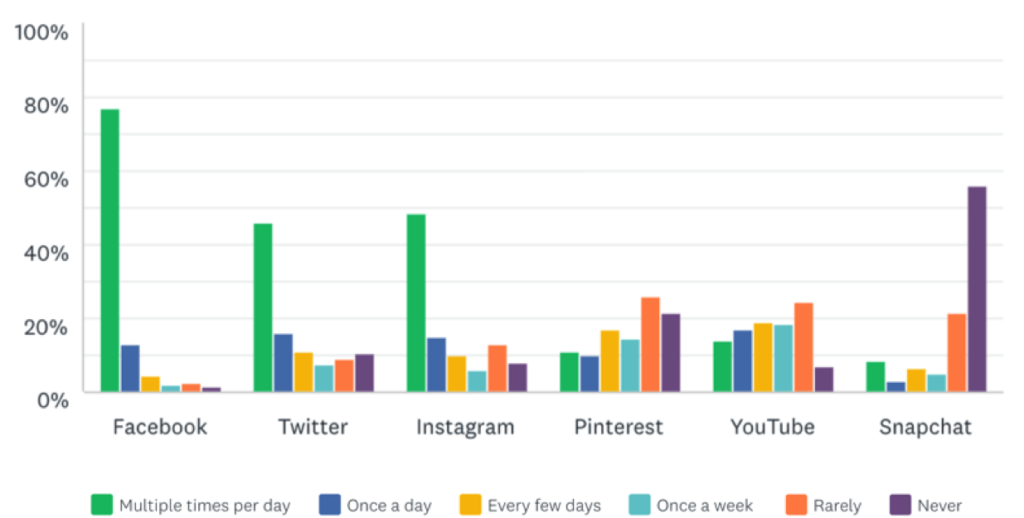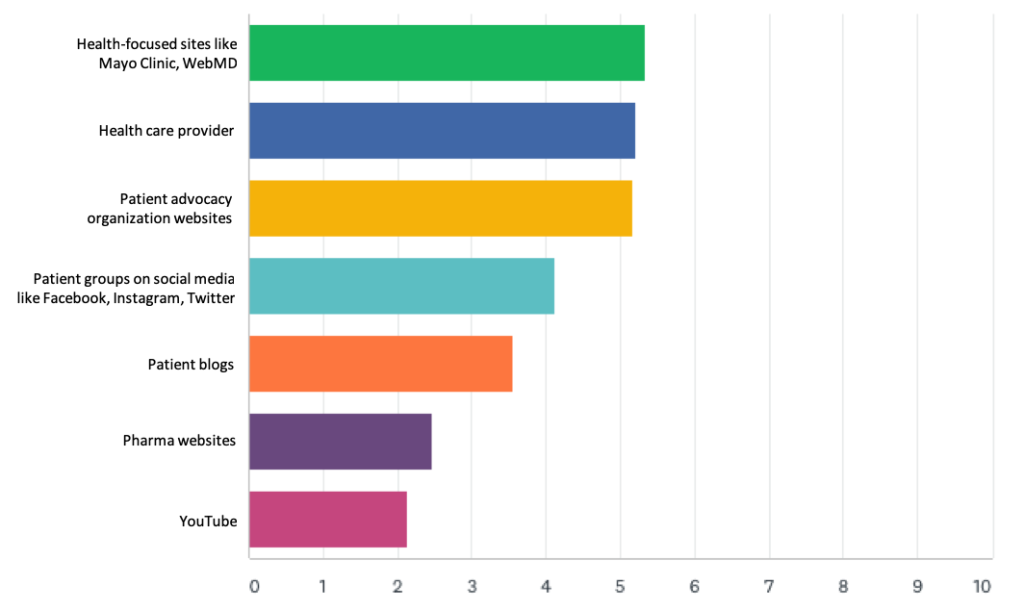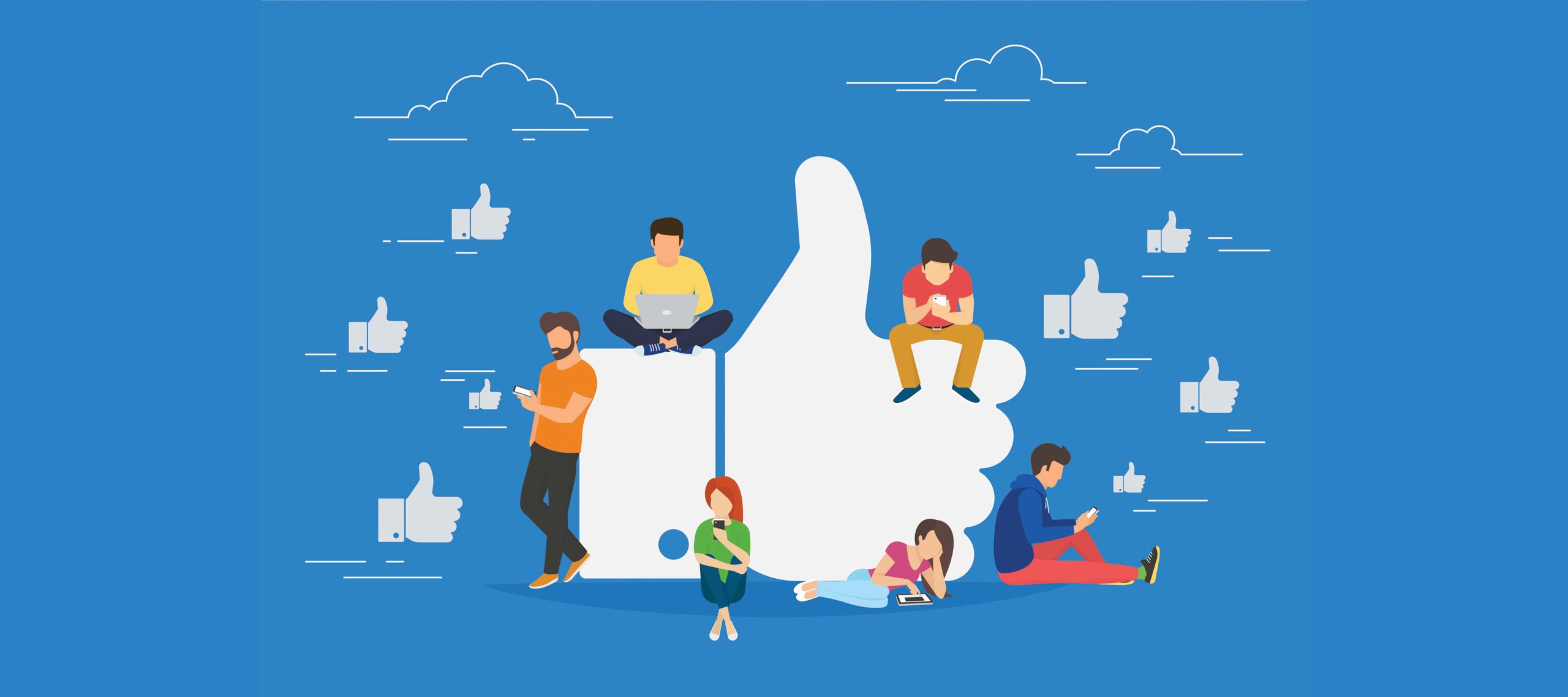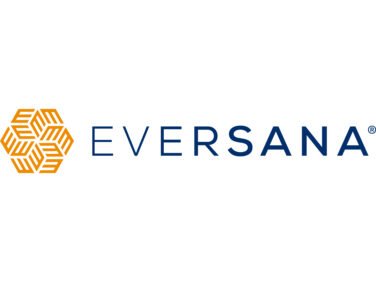Even though Facebook has faced a few data privacy scandals over the past couple of years, it still remains the top destination for patients and patient influencers to discuss their health and medication. According to WEGO Health’s first Quarterly Landscape Survey for 2019 titled, “Patient Influencer Perspectives on Social Media,” more than 98% of patient influencers continue to use Facebook, 90% use it at least once daily, and less than 3% have reduced their use of Facebook or stopped using the platform altogether.
“We were curious to learn how patient influencers are changing the way they work and interact with social and with patient online communities for social challenges, particularly given some of the controversy surrounding Facebook and Instagram with their data sharing practices,” explains David Goldsmith, WEGO Health’s Chief Strategy Officer. “It was interesting to see that in the end patients are still deeply wedded to using Facebook because that’s where the patient communities are. That is where a critical mass of users are, and patients want platforms where they can connect with the largest audience possible.”

That is potentially one of the reasons why the 412 patient influencers across dozens of chronic, complex, and rare health conditions in the U.S. who were surveyed would gravitate to other large social platforms if for some reason Facebook was no longer an option. The top choice among respondents to replace Facebook was Instagram (34%) followed by Twitter (26%) and websites that host patient discussion groups or forums such as Health Union or MyHealthTeams (23%).
Patient Data and Social Media
Patients, for the most part, also continue to trust social media sites with their data. Of the social media sites asked about, Twitter and Instagram were the most trusted followed by Facebook. The least trusted were YouTube and Snapchat (which were also two of the least used by patients, with over 50% never having used Snapchat before for anything). Furthermore, 55% of patient influencers did not change any of their privacy settings following the data scandals, and only 37% made some kind of change to their privacy settings. And about 60% continue to share health information publicly, with about 40% sharing messages privately—though 49% say whether they share publicly or privately depends on the type of content.
“By and large I think patient influencers are very savvy about information that gets shared on Facebook and tend to be very mindful of what they are sharing, which tends to be centered around support and how they navigate various aspects of their care,” Goldsmith explains. “So day to day you don’t have a lot of patient influencers who are talking about very personal aspects of their own health, but if they choose to then they may opt to use private groups or direct messaging in order to share the kind of information that they really only want to be seen by a limited number of eyes.”
Patients’ Experiences with Brands
One type of information that patients are very willing to share is their experience with a medication. Nearly 7 in 10 respondents have shared both positive and negative experiences, while 13% were exclusively positive, compared to 5% that were exclusively negative. But despite their willingness to discuss medications, very few patients are engaging with pharma.
While 92% of respondents follow an advocacy organization on social and 48% follow a healthcare professional, only 20% to 30% follow a pharma company, with more following a brand if they are on that specific therapy. Additionally, while 66% of influencers subscribe to one or more channels on YouTube, less than 10% subscribe to a channel sponsored by a pharma brand.
“There’s absolutely an opportunity for brands to be working with those patients to both understand how they have benefited from those therapies and then to determine whether those individuals can be brand advocates,” Goldsmith says. “We know from our own experience that there are many patients out there who are grateful to pharma for the medications they’re taking, and those are often voices that are not visible or as visible as they need to be in patient communities. There is a need to bridge that gap so that pharma is collaborating with these patient leaders to help them get the word out to patient communities about how they have benefitted from these medications and why they should learn more about their options.”
Most Trusted Health-Related Content
Pharma also needs to do a better job with the resources that they are offering patients. Only 3% of respondents turn to pharma websites for health-related content and just over 20% even trust the content they find on there—making it the least trusted of the resources asked about. Instead, patients once again turn to patient groups on social media as their go-to resource (even though it ranks fourth in terms of the most trusted resources) followed by health-focused sites like Mayo Clinic and WebMD (which are their most trusted resources) and patient advocacy organization websites (third most trusted) and healthcare providers (second most trusted).

Goldsmith says it is not trivial that pharma is low on that list of trusted resources when you consider that the top 10 conditions that the patients surveyed had were:
- Chronic Pain
- Autoimmune Diseases
- Mental Health
- Anxiety
- Fibromyalgia
- Cancer
- Multiple Sclerosis
- Rare Disease
- Rheumatoid Arthritis
- Depression
“These are not just chronic, but in many cases complex conditions, so people may be taking multiple medications,” Goldsmith explains. “In some cases, big molecule drugs are very expensive and have imposed challenges around medication management. And yet, despite that, patients are spending precious little time on pharma websites. So there is a big opportunity for pharma to better understand from patient leaders what would make their sites more valuable, because there’s just a very big disconnect there.”
In terms of what pharma could be doing differently, Goldsmith suggests providing support and guidance to patients and not being focused on selling them on a drug. In fact, he says some of the feedback WEGO Health has received consistently over the years is that people aren’t drawn to pharma websites because it feels to them like an extension of a TV ad. Instead, sites should do a better job of providing educational resources like doctor discussion guides, more in-depth information or links to resources that patients may find helpful, and information on copay assistance or managing the cost of treatment.
Influence of Online Communities
One way or another, it is important for pharma to find ways to better engage with patients when you consider 95% of those surveyed said they use social media to advocate on a specific health condition or topic. Furthermore, 94% of patient influencers say that online communities play at least a “somewhat important” role in their health decisions, with nearly half (48%) saying that online communities play a “very important” or “extremely important” role.
“One of the things that’s clear from this report is that given the connections that influencers have in patient communities and the fact that they are a trusted voice in those communities, pharma’s best bet is to work with those influencers as opposed to trying to go it alone,” Goldsmith suggests. “We see from the data that they just don’t have the followers and the connections with those communities that the influencers themselves do.”








